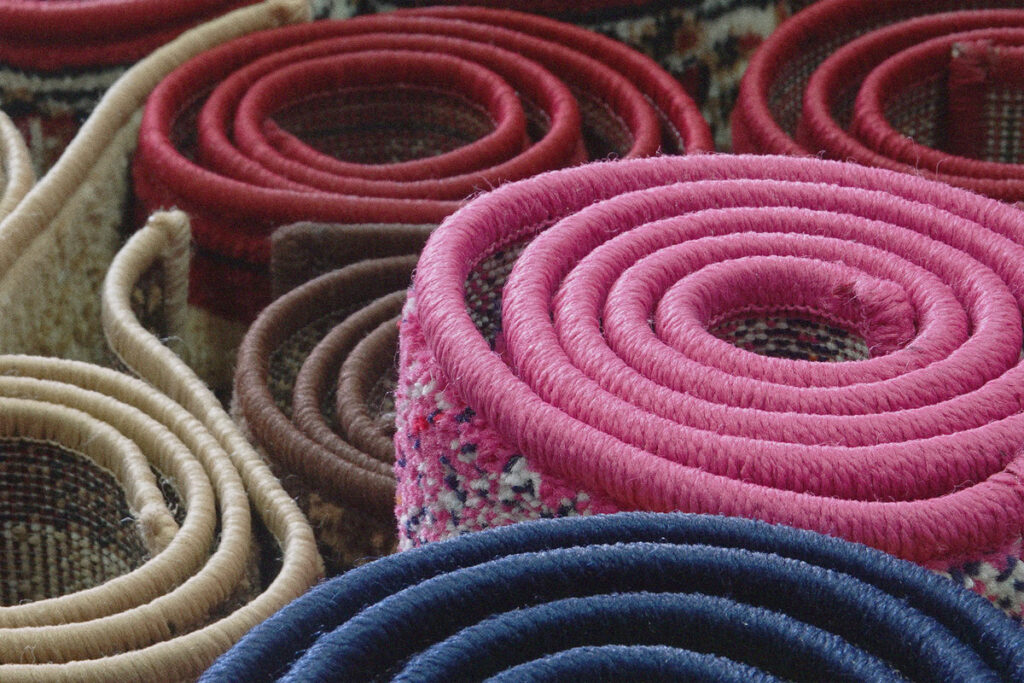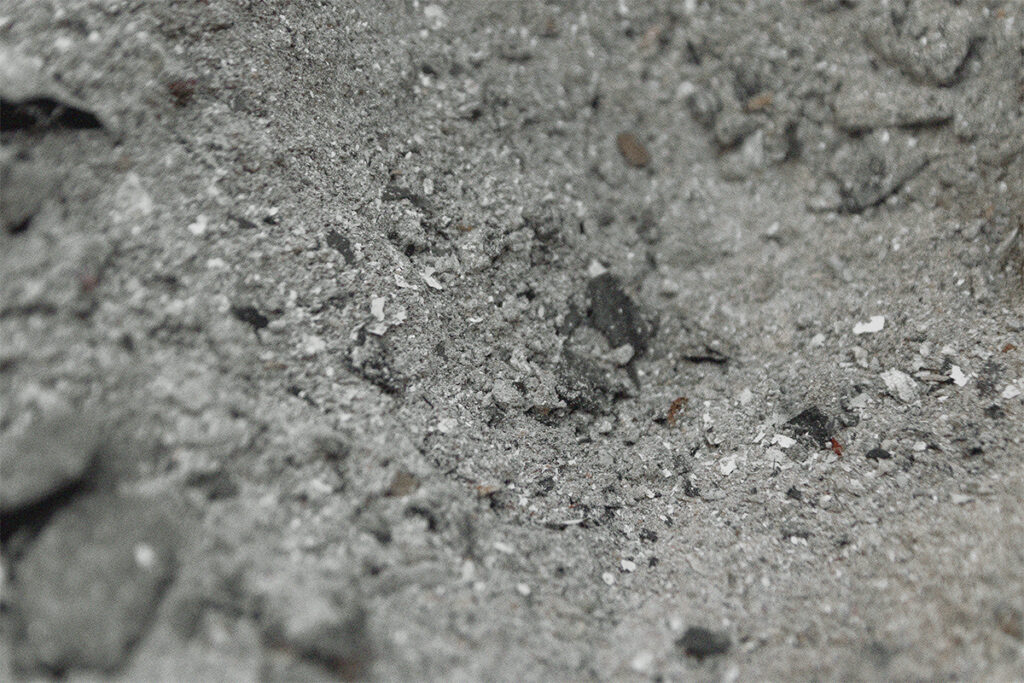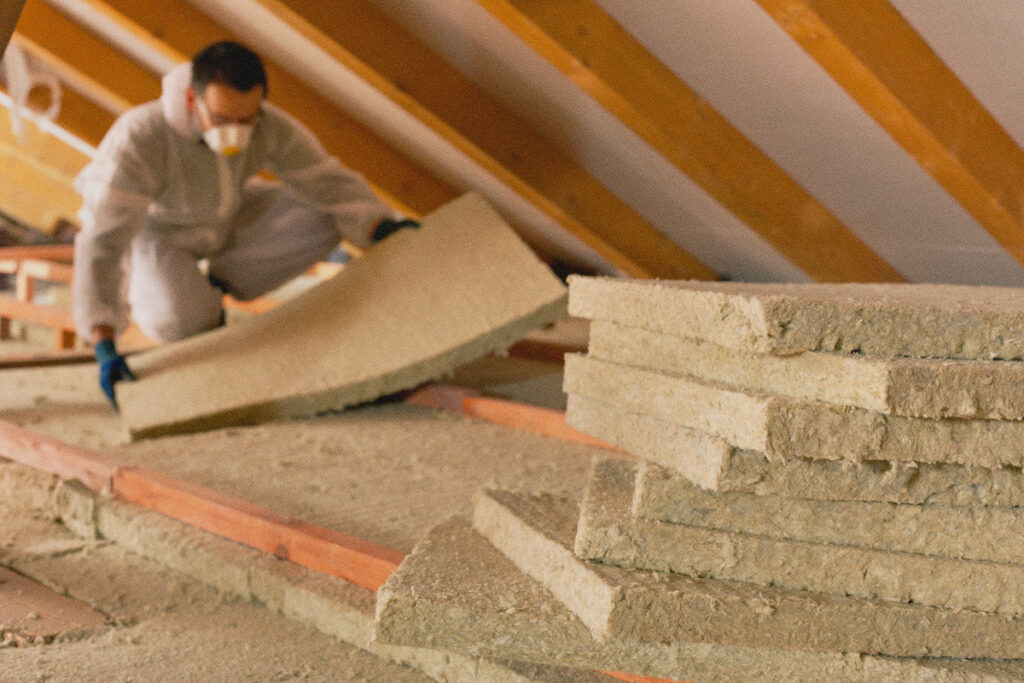Update! HEALTHY BUILDING NETWORK IS NOW HABITABLE.
Update! HEALTHY BUILDING NETWORK IS NOW HABITABLE.
Update! HEALTHY BUILDING NETWORK IS NOW HABITABLE.
Update! HEALTHY BUILDING NETWORK IS NOW HABITABLE.
Update! HEALTHY BUILDING NETWORK IS NOW HABITABLE.
Update! HEALTHY BUILDING NETWORK IS NOW HABITABLE.
Update! HEALTHY BUILDING NETWORK IS NOW HABITABLE.
Update! HEALTHY BUILDING NETWORK IS NOW HABITABLE.
Update! HEALTHY BUILDING NETWORK IS NOW HABITABLE.
Update! HEALTHY BUILDING NETWORK IS NOW HABITABLE.
Update! HEALTHY BUILDING NETWORK IS NOW HABITABLE.
Update! HEALTHY BUILDING NETWORK IS NOW HABITABLE.

In this opinion piece, architect Martha Lewis addresses the ecological polycrisis of the twenty-first century and its impact on the architectural sector, emphasizing the urgent need for architects to reassess material choices and construction methodologies to mitigate environmental consequences.
Keep reading about similar topics.



